Low power design is an indispensable topic in modern chip design. After all, no one wants their phone or other electronic devices to require frequent charging. Especially for small products, many people cannot accept the need for an external power supply to function normally.
Since the inception of electronic devices, there has been a continuous desire to reduce power consumption as much as possible without affecting normal functionality. Particularly in the new century, people have realized that the increase in power consumption that accompanies the continuous rise in clock frequency brings a series of issues, such as increased temperature leading to decreased circuit performance. With the rise of numerous embedded and mobile devices, people have gradually recognized that perhaps such high performance is not necessary, and reducing power consumption to avoid heat generation is also a crucial aspect of design.
Based on the above background, a series of low power design technologies have emerged. This article series intends to analyze the sources of power consumption and explain some mainstream low power design methods. Most of these methods are learned from classes, while some are derived from papers and practical engineering experiences. I hope this will be helpful to everyone.
Power Consumption Representation of Digital CMOS Circuits
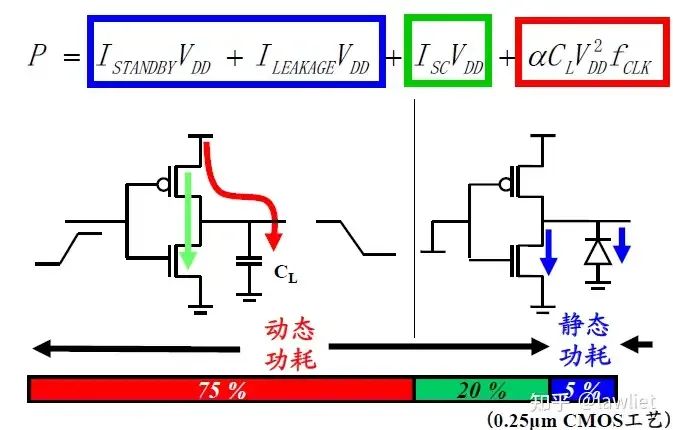
To achieve low power consumption, we must first understand where the power consumption comes from. We will analyze power consumption in relation to the most basic CMOS circuits. Overall, it can be divided into dynamic power consumption and static power consumption, with dynamic power consumption accounting for the majority.

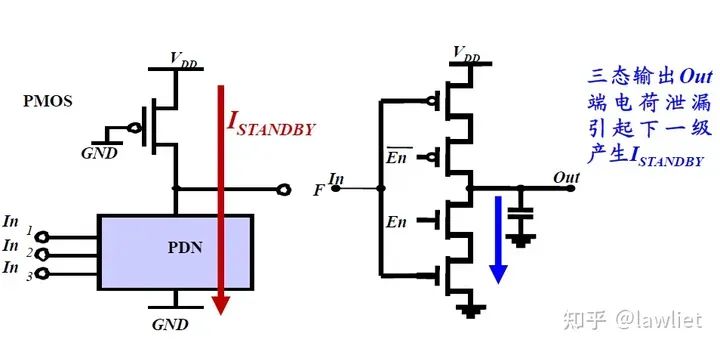

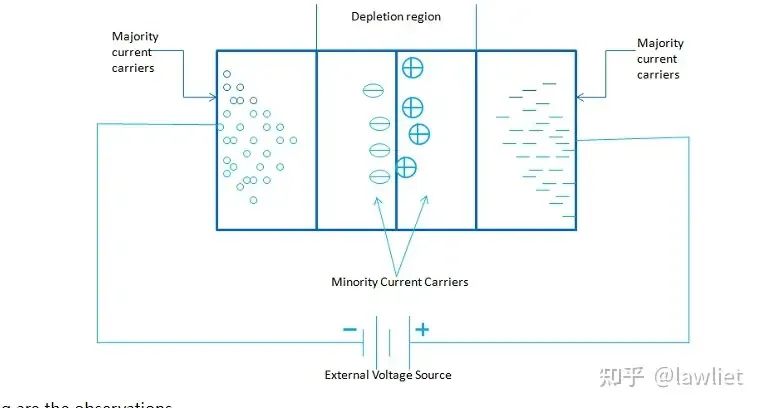

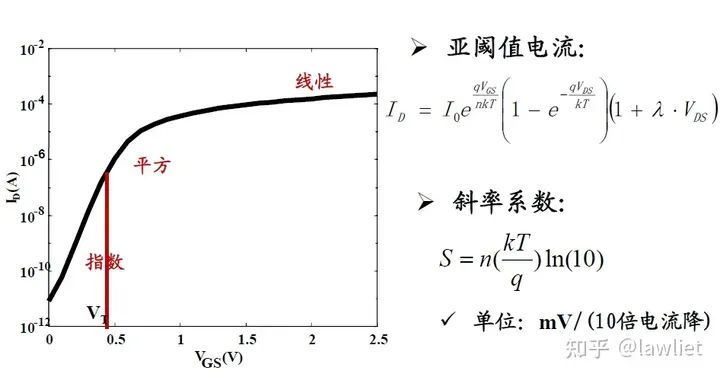
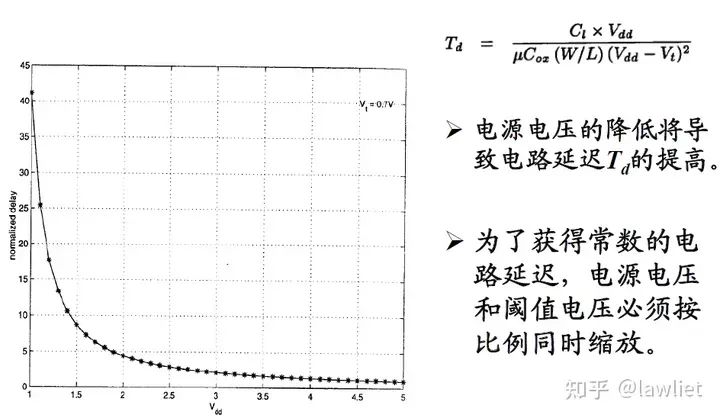
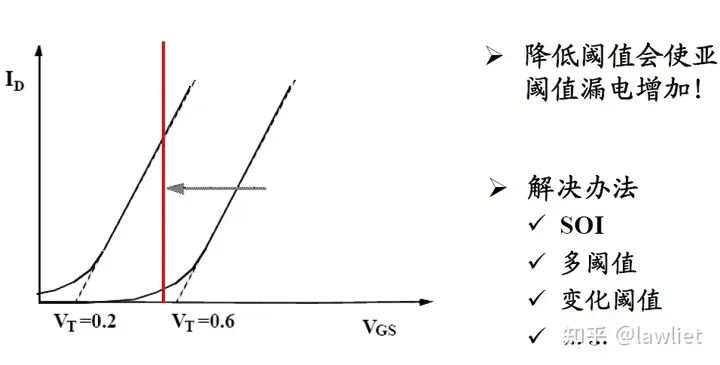
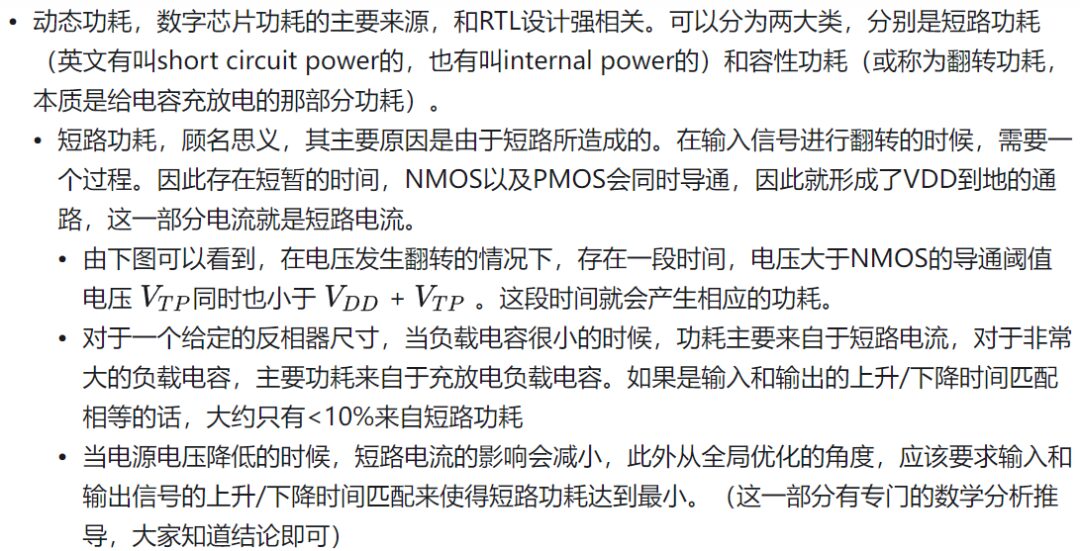
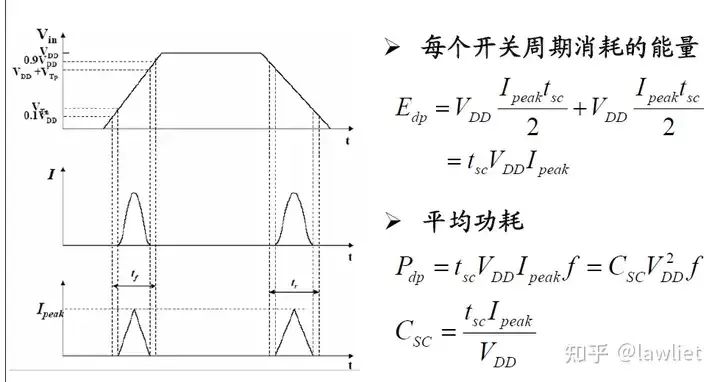

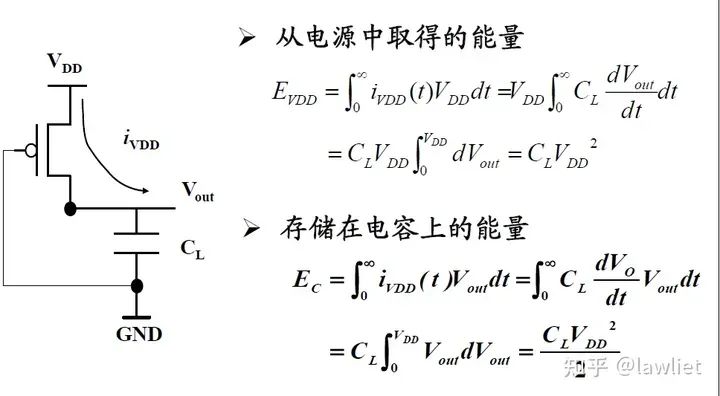


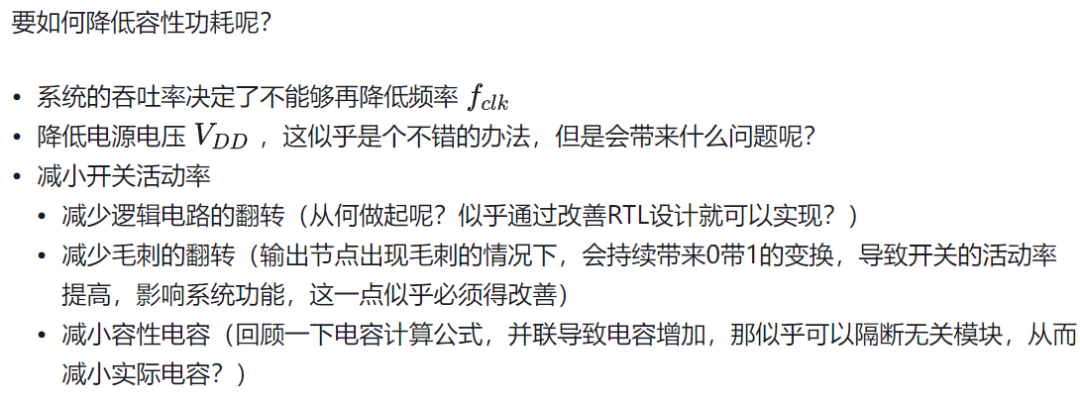
In the next article, I will bring these thoughts to analyze how to effectively reduce capacitive power consumption. By reasonable RTL design, a significant reduction in power consumption can be achieved. Beginners often do not realize this point when designing, but to become an excellent chip design engineer or even an architect, mastering these skills is essential. Power consumption in chips is extremely important, and many companies have had chips returned that could not function normally due to power consumption issues!
Let’s review the content of this lesson.
-
First, we analyzed why low power consumption is necessary.
-
Then we analyzed the sources of power consumption.
-
Knowing the sources of power consumption allows for targeted optimization to reduce it.
-
Essentially, these are all basic circuit knowledge, so everyone should be able to naturally think of some optimization strategies.
For these designs, everyone needs to feel the design philosophy behind them. Why do it this way? What are the current issues and bottlenecks analyzed before doing it? What are the optimization points and the essential components? Then, based on the underlying philosophy, carry out optimizations. All these human-designed elements can be understood through this series of thoughts, appreciating why predecessors designed them this way. I hope this is helpful to you. If you gain even a little, please give a thumbs up.
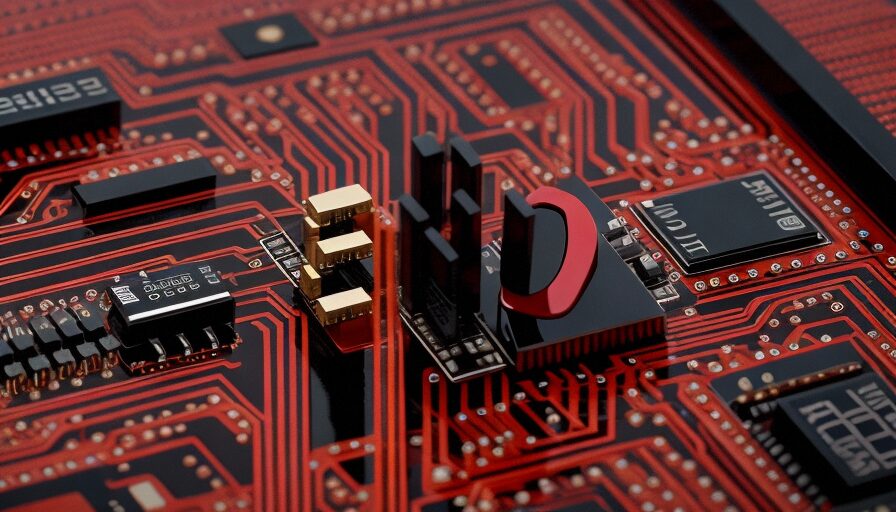
Previous Series Article Link——
Soc101 Series:【芯片设计】SoC 101(一):绪论
FIFO Series:【芯片设计】FIFO漫谈(零)从无处不在的FIFO开始说起
Computer Architecture Series:【芯片设计】计算机体系结构(一)虚拟内存
AMBA Bus Series:【芯片设计】深入理解AMBA总线(零)绪论
Handshake Protocol Series:【芯片设计】握手协议的介绍与时序说明
Chip Reset Series:【芯片设计】复位那些小事——复位消抖
Corner Case Bugs Series:【犄角旮旯的bug】assign和signed的联合背刺事件